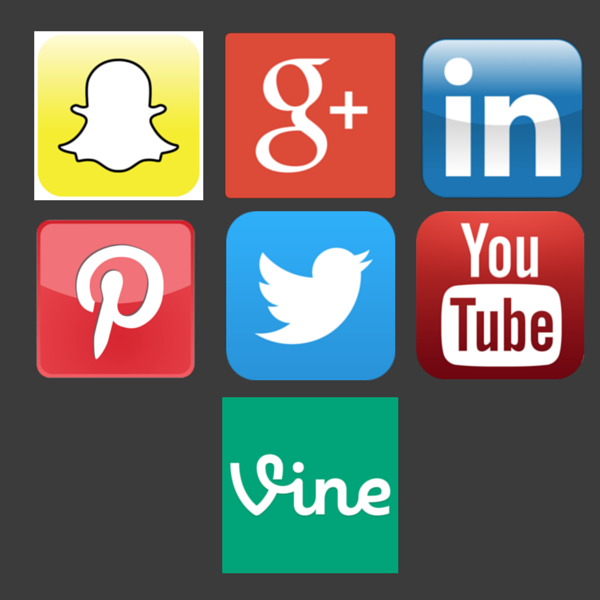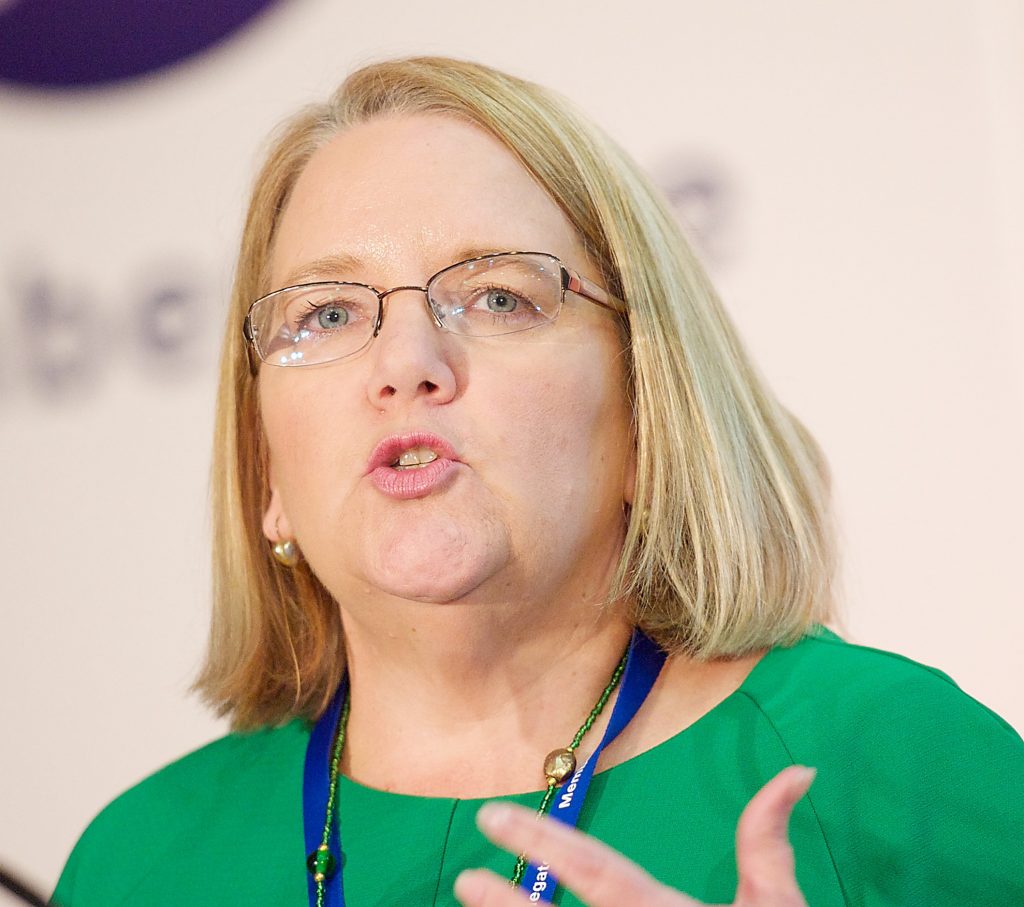
I just spent two days discussing Other Social Media (that is social media that isn’t Facebook) with a group of delegates at one of our in-person courses.
The aim of the two days was to show delegates what works on these other platforms and how to choose the platforms best suited to their audiences. Facebook consumes a lot of people’s time online (so much so that we run a course dedicated just to Facebook) but any brand needs to have a consistent presence across multiple platforms.
We looked at Twitter, Pinterest, Instagram, Snapchat, Google+, YouTube, Vine, LinkedIn, Periscope and – by popular demand – blogging.
Alongside absorbing some big statistics around demographics for different platforms (Snapchat is the place to go for under 25s), average number of platforms a consumer uses (3.5 if you’re interested), and rates of engagements (Instagram wins hands down), we looked at best practice for using each platform.
Of course I had some Digiterati wisdom to impart based on project experience but we also looked at examples of good practice including YouTube videos of power saws, the minty-fresh Zoella baking cupcakes and a boy and a cat encouraging us to only post useful, relevant content.
By the end of the two days we had our own set of best practices, the things that delegates thought were important and would be putting into action back at the day job. I thought you might like to hear them:
- Don’t just post things because you are told to. BE RELEVANT.
- Decide which platform will work best for each product or service.
- Get Snapchat – QUICKLY.
- Understand the audience and get:
- The right tone of voice
- The right content
- The right people to provide it
- Allocate your resources appropriately.
- Provide guidance to your blogger and vlogger community and manage expectations about what you will publish.
- Use themed content on Instagram.
- Set clear policies on responsibility and accountability.
- Integrate your use of platforms so the whole is greater than the sum of the parts.
- Audit what is being done now to form the basis for developing a new approach
- Explore possible new platforms.
- Remember to include Calls to Action on posts.
- Oops, where are the transcripts on our videos?
- Test, Learn and then Commit.
As we had mostly public sector and not-for-profit delegates in the room we also touched quite a lot on accessibility, the do’s and don’ts of social media involving children, and the difficulties of getting a tone of voice that is the right balance between authoritative and informal, moving away from a tone that is too bureaucratic or corporate and yet not straying into the wilds of super-trendy !!!-infested territory.
We ended our two days exhausted but positive, with loads of ideas to put into action. But we recognised the barriers to action. You will recognise them too:
“Our good friends No Time, No Money, No Resource and No Co-operation from Colleagues or Management were all listed as barriers to action.”
Undeterred, everyone has picked one thing they really, REALLY want to make happen and will carve out some time from their busy days to think that through and make it happen.
Huge thanks to Brian, Lorna, Maria, Dan, Chanice, Dee, Sandie, Judith and Laura for all their input, enthusiasm and questions.
When you put those ideas into action, do come back and tell me about it, here at The Digiterati Blog.
Would you like to us to train your team in the “Other” Social Media?
Check out our in-person training options. Delivery is on-line or in-person with our crack training team of Sarah, Carlton, Marie and Sophie.
